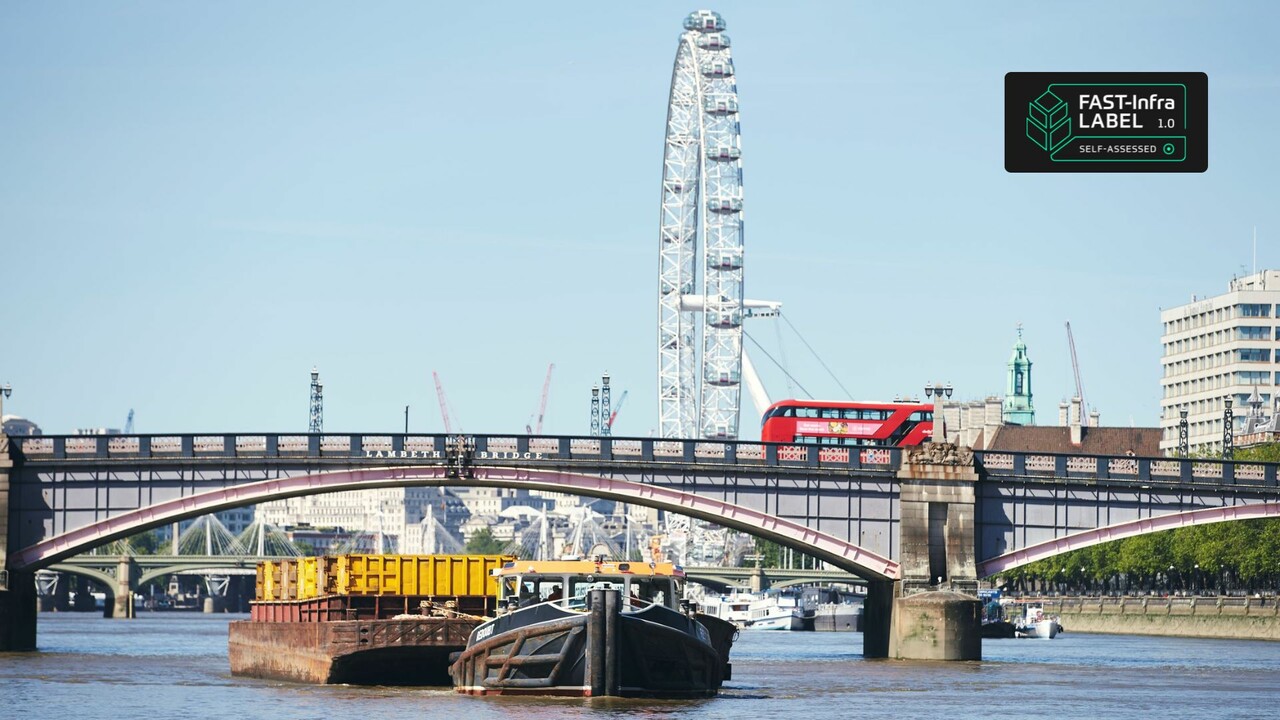
Cory Riverside
What’s a Rich Text element?
The rich text element allows you to create and format headings, paragraphs, blockquotes, images, and video all in one place instead of having to add and format them individually. Just double-click and easily create content.

Static and dynamic content editing
A rich text element can be used with static or dynamic content. For static content, just drop it into any page and begin editing. For dynamic content, add a rich text field to any collection and then connect a rich text element to that field in the settings panel. Voila!
- A rich text element can be used with static or dynamic content. For static content, just drop it into any page and begin editing. For dynamic content, add a rich text field to any collection and then connect a rich text element to that field in the settings panel. Voila!
- test
- t to that field
- t to that field
-
How to customize formatting for each rich text
How to customize formatting for each rich text
How to customize formatting for each rich text
Headings, paragraphs, blockquotes, figures, images, and figure captions can all be styled after a class is added to the rich text element using the "When inside of" nested selector system.
Cory is one of the UK’s leading waste management and recycling companies. It operates one of the country’s largest Energy from Waste (EfW) facilities, with a unique river-based infrastructure on the River Thames for delivering waste.
Closing London’s treatment gap
Cory receives over 900,000 tonnes of non-recyclable black bag waste each year. Once processed, the waste is transported by barge down the river to Riverside 1, Cory’s EfW facility in Belvedere. By using the river as a green highway, Cory eliminates around 100,000 truck movements each year – cutting congestion and emissions across the capital.
Inside Riverside 1, residual waste is burned and turned into baseload energy for the National Grid. Valuable metals are recovered for recycling, while bottom ash and other residues are processed into construction materials, keeping resources in circulation.
Cory’s operations are tightly controlled, with stack emissions performing well below permitted limits (e.g., PM₁₀ levels are around 93% under the cap).
Impact & FAST-Infra Label recognition on Resources & Circularity
- 916,000 tonnes of non-recyclable waste diverted from landfill (2024)
- 576 GWh of electricity generated (2024)
- 807,000 tonnes of waste processed (2024)
- Power generated for 213,000 homes (2024)
- A carbon benefit of 290,000 tonnes of CO2e delivered to the UK economy in 2024
- Scored 100/100 in the GRESB Infrastructure Assessment for 2025, achieving a 5-star rating for the sixth consecutive year. Awarded sector leader in two categories:
- Environmental Services: Waste Treatment - Infrastructure Asset Class Leader
- Environmental Services: Infrastructure Asset Super Class Leader
Data sources: https://www.dalmorecapital.com/policies-and-documents/, https://www.dalmorecapital.com/our-investments/cory/, https://www.corygroup.co.uk/future-growth/riverside-energy-park, https://giia.net/case-studies/cory-riverside-energy
Cory has earned the FAST-Infra Label Self-Assessed claiming the positive contribution of the Resources & Circularity criteria. This recognition reflects how the project embeds circular practices and their climate co-benefits in day-to-day delivery: treating residual waste locally (avoiding landfill methane), shifting transport to river barges (reducing congestion on London’s road), and generating baseload, partially renewable power.
Learn more about the FAST-Infra Label Criteria.
Meeting rising demand for local waste treatment
Cory is planning to invest more than £900 million in its operations and river infrastructure over the coming years. The delivery of Riverside 2, a second EfW facility next to Cory’s existing facility in Belvedere, continues to progress and is on schedule to begin commissioning in late 2025.
Using proven moving grate technology and sharing infrastructure with Riverside 1, the new facility will process 650,000 tonnes of non-recyclable waste generating enough electricity to power 176,000 homes each year.
A bigger, cleaner local solution
Cory is taking meaningful strides toward decarbonising both its business and its communities. It recently announced plans for the UK’s first large-scale heat transmission system, designed to capture the heat produced during the EfW process and deliver it to around 300,000 homes and businesses across London – providing a direct carbon benefit where it matters most.
Cory is also committed to capturing the carbon dioxide emitted by Riverside 1 and Riverside 2 through its Carbon Capture and Storage (CCS) project and transporting it via ship for storage under the North Sea, ensuring every part of its operations supports a low-carbon future.
Dougie Sutherland, CEO of Cory, said: “I am delighted that we have been awarded the FAST‑Infra Label, recognising our commitment to delivering sustainable infrastructure at scale. This achievement reflects the dedication of our people and the progress we are making to embed low‑carbon solutions across every part of our business. By investing in innovation and circular, river‑first systems, we are demonstrating how waste management can deliver real climate benefits to the communities we serve.”
Alistair Ray, Cory Board Member/Partner and CIO, Dalmore Capital, said: “Cory stands out as an industry leader in innovation – not only through its significant contribution to the circular economy but also through its bold ambition to establish itself as a central hub for emissions reduction initiatives in London. By leveraging river-based logistics, advanced Energy-from-Waste technology, and pioneering projects such as large-scale heat networks and carbon capture, Cory is redefining what sustainable infrastructure looks like in an urban context. The award of the FAST-Infra Label is a powerful endorsement of this approach, recognising Cory’s commitment to embedding climate-positive solutions into its operations and its pivotal role in accelerating the UK’s transition to a low-carbon economy.”





